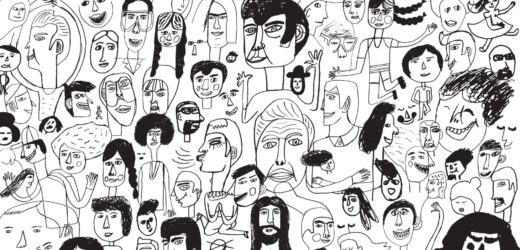Concerns over group dysfunction continue to worry faculty who use groups and prevent others from using them. We have some research-based evidence as to the problems students experience in groups. A 2008 study by Regina Pauli and colleagues used student responses to an empirically developed instrument to categorize the problems. What the students identified will not come as a surprise. Are they problems that can be solved, or at least diminished? Yes! Here’s a brief description of problem areas students in the study identified and a rundown of potential solutions, gleaned from a range of sources. If you’ve come up with solutions to these problems, please share them in a comment. Thank you.
Related Articles
I have two loves: teaching and learning. Although I love them for different reasons, I’ve been passionate about...
Could doodles, sketches, and stick figures help to keep the college reading apocalypse at bay?...
We’ve all faced it: the daunting stack of student work, each submission representing hours of potential grading. The...
Storytelling is one of the most powerful means of communication as it can captivate the audience, improving retention...
For some of us, it takes some time to get into the swing of summer. Some of us...
About a year ago, I decided to combine the ideas of a syllabus activity and a get-to-know-students activity....
The use of AI in higher education is growing, but many faculty members are still looking for ways...









